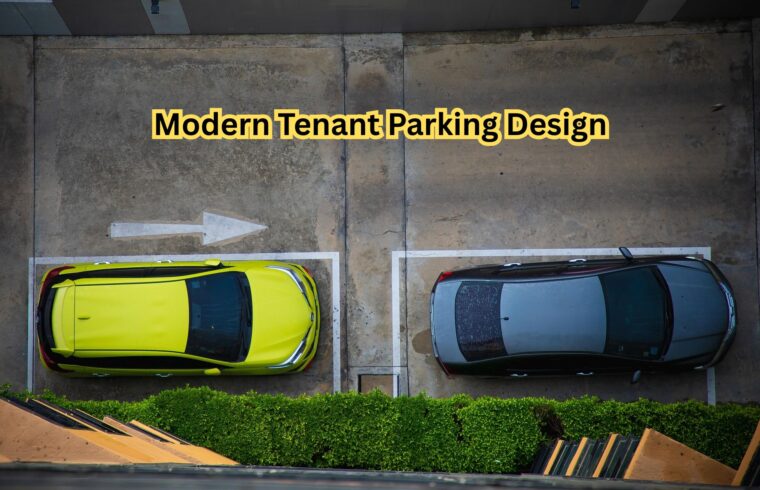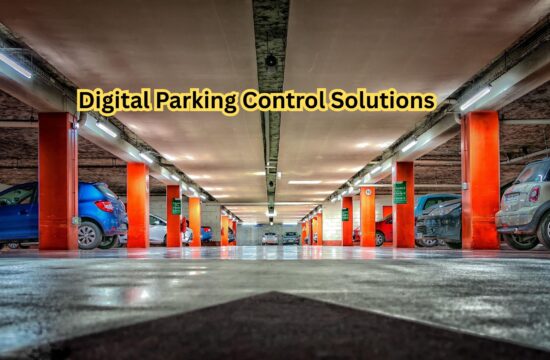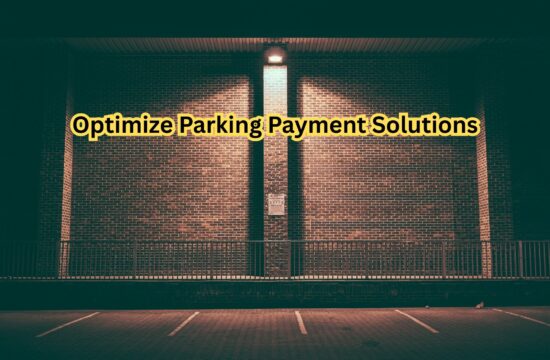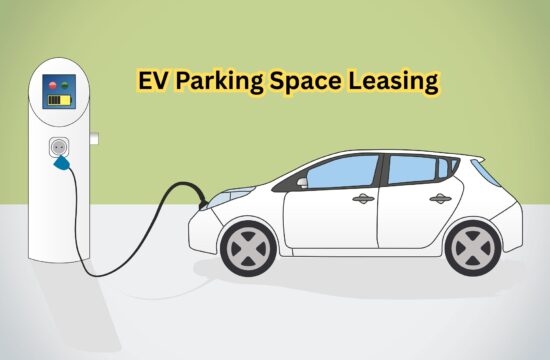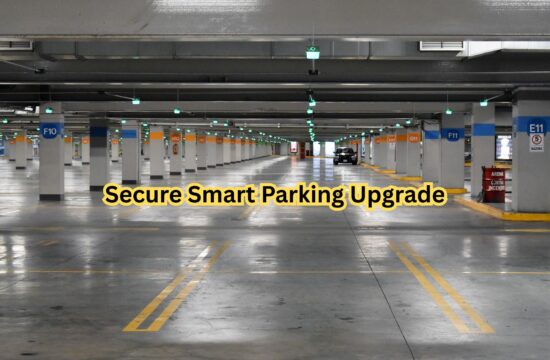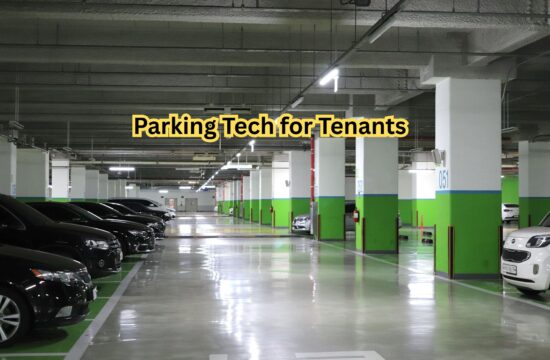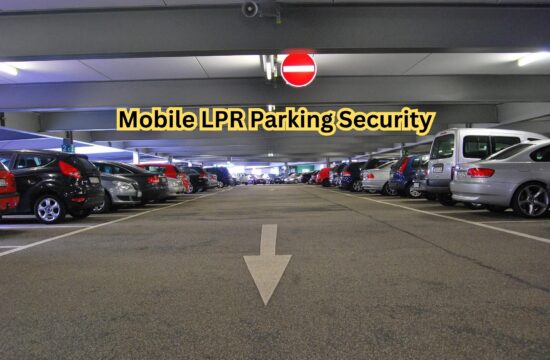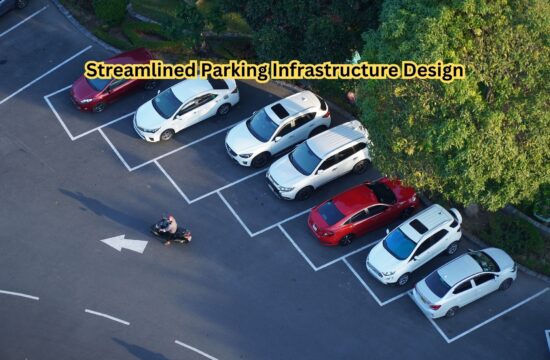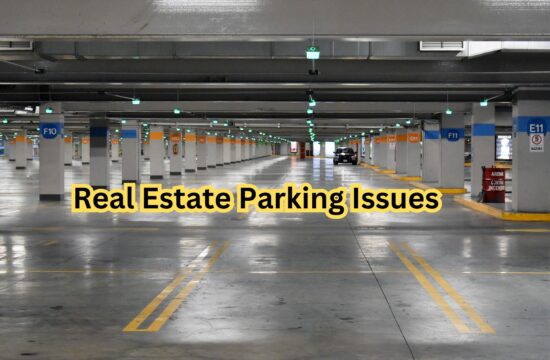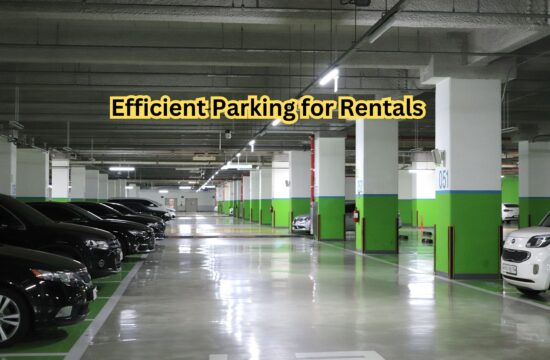There has never been a greater need for effective tenant parking solutions as metropolitan populations and residential buildings increase. Modern Tenant Parking Design goes beyond merely providing space; it incorporates smart, eco-friendly, and user-centric features to meet the evolving expectations of today’s renters. By embracing Modern Tenant Parking Design, property developers and managers can enhance tenant satisfaction, optimize land use, and contribute to sustainability goals. With cities becoming more congested, Modern Tenant Parking Design stands out as a critical factor in attracting and retaining tenants in urban residential complexes.
Prioritizing Space Efficiency
The goal of contemporary designs is to maximize available area without sacrificing vehicle accessibility. This frequently involves mechanical lifts, stacker systems, and multi-level parking, particularly in crowded regions with expensive and scarce land.
Smart Technology Integration
These days, tenant parking considerably benefits from smart technologies. Automated gate systems, real-time occupancy sensors, license plate recognition, and mobile app integration are just a few of the features that enhance security and simplify parking.
Sustainable and Green Solutions
Sustainability is at the forefront of modern architecture. Tenant parking areas now include electric vehicle (EV) charging stations, solar-powered lighting. And permeable surfaces that help reduce environmental impact and promote energy efficiency.
Security and Surveillance Features
The design of tenant parking places a high premium on safety. Standard features like motion sensors, emergency call buttons, well-lit areas, and high-definition CCTV give both property managers and occupants peace of mind.
User-Friendly Layout and Design
Clear signage, wide lanes, and clearly defined spaces are key components of modern parking designs that guarantee simple navigation. These features make parking easier and more efficient, which reduces confusion and improves the entire tenant experience. Modern designs that put an emphasis on accessibility and utility contribute to a more seamless, stress-free atmosphere for both locals and guests.
Future-Proofing with Flexibility
In order to provide long-term value and functionality, future-proof designs include flexible layouts that can adjust to shifting transportation patterns. Such as car-sharing, autonomous vehicles, and growing EV usage.

